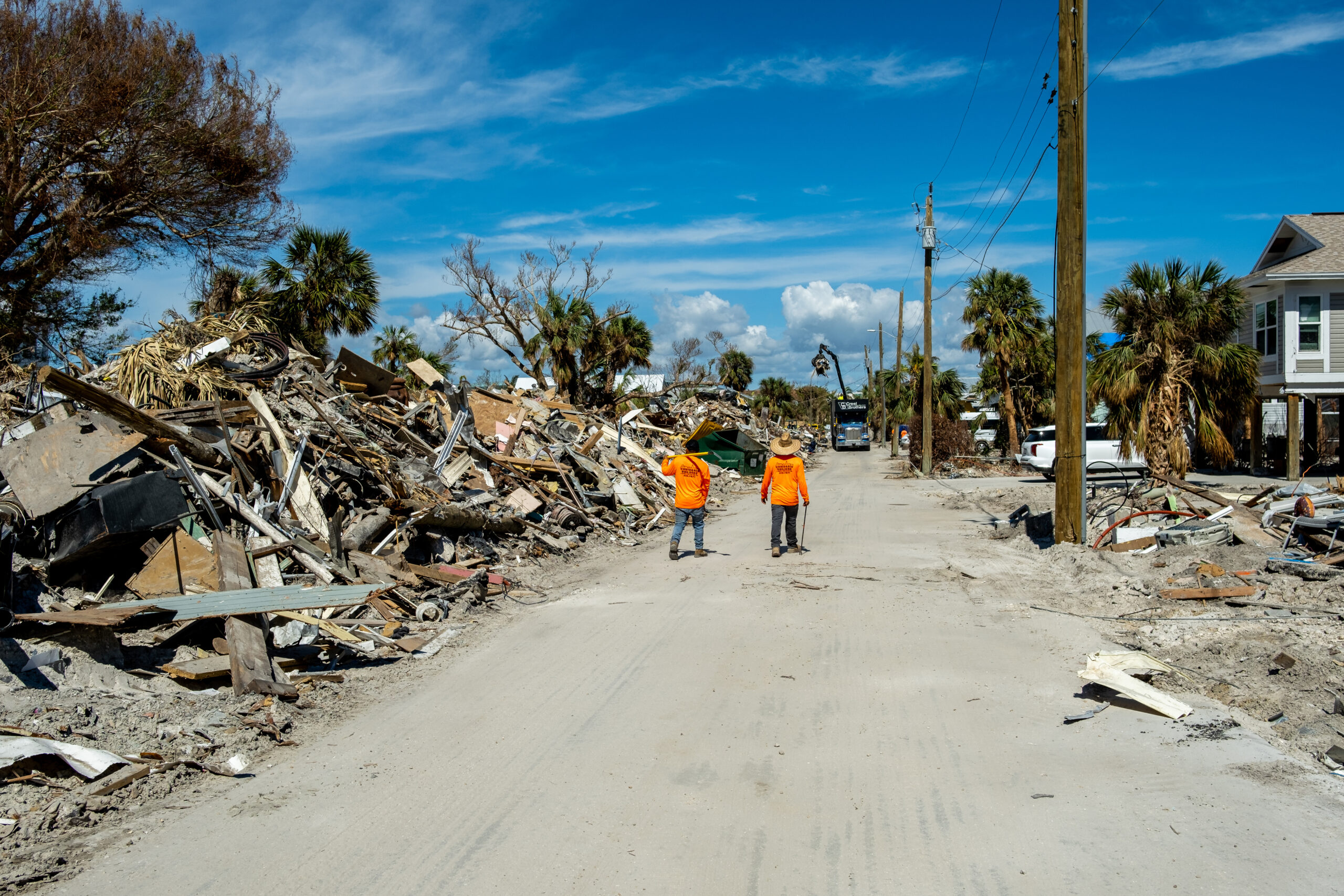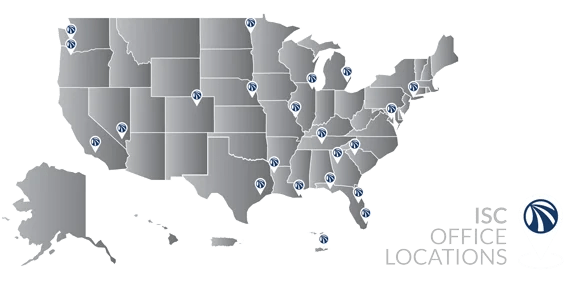Like so many other disasters before it, Hurricane Ian has destroyed the social, political, and economic fabric of communities across the State of Florida. After a catastrophic even such as Hurricane Ian, it often takes years for a community to resume to normalcy and decades, if ever, to return to pre-disaster conditions. Although unfortunate, disasters do provide the unique opportunity to improve a community’s pre-disaster conditions. However, a community’s future is intimately dependent upon the ability to champion the recovery process, sustain social unity, and maintaining an open decision-making process built upon transparency and democracy. These conditions are important elements in a community’s recovery momentum and offer conditions that serve as a foundation for successful long-term community recovery and improvement.
In this ten-part blog series, I will present evidence-based attributes that contribute to a community’s disaster recovery success. These findings are based on over a decade of research and case study analysis of over one hundred presidentially declared disasters.
Our everyday decisions are governed by processes and routines that assist us in identifying the problem, determining strategies to resolve the problem, evaluating these alternatives, choosing the best alternative, and then implementing the resolution. These procedures and routines are carried out by organizations that offer consistency, commitment, and confidence in the decision-making process. After disaster, these processes and routines may be disrupted or may not be set up to adequately handle the litany of complex post-disaster recovery issues. A defined and shared pre-disaster process for managing disaster recovery activities and coordinating with local, regional, state and federal partners is paramount to community recovery success.
Unlike the tactical incident strategies that are paramount to managing information and resources during the response phase, community disaster recovery is an organic and inductive process that fosters community unity and an open autonomy that promotes effective decision-making that benefits the majority. The disaster process goes through a period called ‘Communitas’ where disaster-stricken communities take on a shared identity of “disaster victim” and establish a sense of equality between community groups that otherwise take opposing views. During this period, conditions are optimal for community unity, empowerment, and agreement. Research has shown that social trust in government becomes a symbolic token to a community, can extend the period of ‘Communitas’, and facilitate an effective community recovery decision-making process.
A united community will strengthen the potential for agreement on difficult disaster recovery issues and facilitate a sustained commitment between otherwise divergent parties. Building a mutual understanding between conflicted parties will reduce controversial engagements and increase efforts to resolve issues collaboratively with a shared understanding and respect. A community that maintains a sense of unity will enable community recovery decision-makers to be increasingly sensitized to the public concerns. A united community will begin to see the long-term recovery organization as a trusted and focal agent, elevating its status and maintaining its credibility and legitimacy within the community.
The net result will be an organization that can assist communities with the immediate evaluation of post-disaster conditions and needs; outreach efforts that will inform, listen to, and resolve potential conflict with the community; thorough and unbiased analysis of the benefits and challenges recovery alternatives; processes that will facilitate accurate disaster recovery decisions; and track the implementation of recovery projects and offer corrective actions if necessary.
FIGURE 3: THE RECOVERY UNITY, TRUST, AND RESILIENCY PARADIGM [© MARTIN, 2022]

Committed and structured governance would result in a rational system for efficient and effective long-term community recovery. A defined and open decision-making process will provide organizational legitimacy and improve the quality of decisions being made. Decisions will be made in a timely manner and based on a well-informed organization and public. Independent decisions may appear quick and easy, but often they meet public resistance causing increased cost and project implementation delays, if not project termination. A committed and structured long-term community recovery structure will prevent uninformed and unilateral decisions and provide an open forum to discuss potential regulatory and budgetary challenges to implementing a project. The organization, as well as the public, take ownership in the decision and ultimately increase the ease of implementing the project.
KEY ACTIONS OF A RECOVERY ORGANIZATION</em.
- Comprised of key stakeholders and focused purely on managing and guiding community disaster recovery
- Set standard procedures that offer credibility and legitimacy through the promotion of an open and transparent process for determining disaster recovery decisions and resolving conflict.
- Must define clear recovery goals for the affected community and remain committed to reaching these goals.
- Foster open communication, trust, and collaboration by community leaders, key stakeholders, and groups expose to hazard risk vulnerability.
- Promote a team environment that is focused on identifying recovery issues, considerate of the multiple perspectives of the issue at hand and resolve issues through open communication and collaboration
- Effectively engage the community in the decision-making process and provide understanding of the post-disaster recovery challenges, the proposed alternatives, and the identification of opportunities to mitigate for future disaster.
- Provide a centralized tracking of the community’s recovery progress including the schedule of recovery activities, recovery grant funding, performance.


